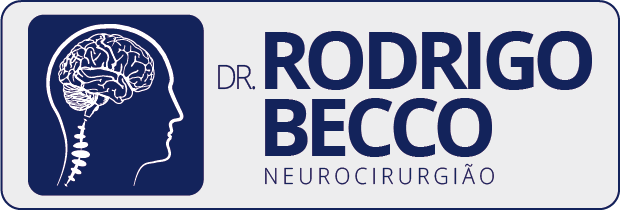Oxygen free radicals and pulmonary disease
* Dahir Ramos De Andrade Júnior, Rodrigo Becco De Souza, Sânia Alves Dos Santos, Dahir Ramos De Andrade
Oxygen free radicals are molecules that present unpaired electrons in their outer orbit and can transform
other molecules such as proteins, carbohydrates, lipids and deoxyribonucleic acid.
Oxygen free radicals are produced in various clinical conditions in which hypoxic microenvironments are generated and reoxygenation follows. Such situations include clinical shock, septicemia, systemic inflammatory response, fulminant hepatitis, organ transplant and respiratory failure. In this review, we discuss the main concepts related to oxygen free radicals: the principal types and their formation, as well as the way in which they affect cellular structures and cause significant tissue damage. We present also the main antioxidants that guard against oxidative stress, including glutathione, glutathione peroxidase, superoxide dismutase, catalase, and N-acetylcysteine. The influence of oxygen free radicals on the principal pulmonary diseases are also discussed, with special emphasis given to oxygen free radicals in cigarette smoke, chronic obstructive pulmonary disease, asthma, sleep apnea syndrome and acute respiratory distress syndrome.
Keywords: Oxygen free radicals. Antioxidant substances. Oxidative stress. Lung diseases.
Introduction
In recent decades, knowledge regarding oxygen free radicals (OFRs) has generated a lot of interest due to the role that these molecules play in various clinical situations encountered in medical practice. Tissue damage caused by OFRs is seen in various conditions, such as clinical shock, septicemia, systemic inflammatory response, fulminant
hepatitis, alcoholic hepatitis, organ transplant, cardiac failure, respiratory failure, etc. What all of these clinical situations have in common is either hypoxic microenvironments followed by reoxygenation or ischemic microenvironments followed by reperfusion. Both conditions facilitate OFR generation. Oxygen free radicals are atoms or molecules that contain oxygen and present an unpaired electron in their outer orbit. These radicals can react with other molecules by colliding against them, removing their electrons and modifying their molecular structures(1). The main metabolic pathway for oxygen in the organism is related to the complete reduction of oxygen to water, incorporating 4 electrons in the terminal part of the respiratory chain. If oxygen reduction involves
a smaller number of electrons along the respiratory chain, intermediate OFRs are produced. The most
common OFRs are singlet oxygen, hydroxyl (*OH), superoxide (*O2 -) and hydrogen peroxide (H2O2).
Dr. Rodrigo Becco
Médico neurocirurgião graduado pela Universidade de São Paulo (USP), em 2007. Residente em Neurocirurgia pela Santa Casa de São Paulo, em 2014. Mestre pelo Instituto de Assistência Médica do Servidor Público Estadual, em 2015. Membro da Sociedade Brasileira de Neurocirurgia desde 2014.

